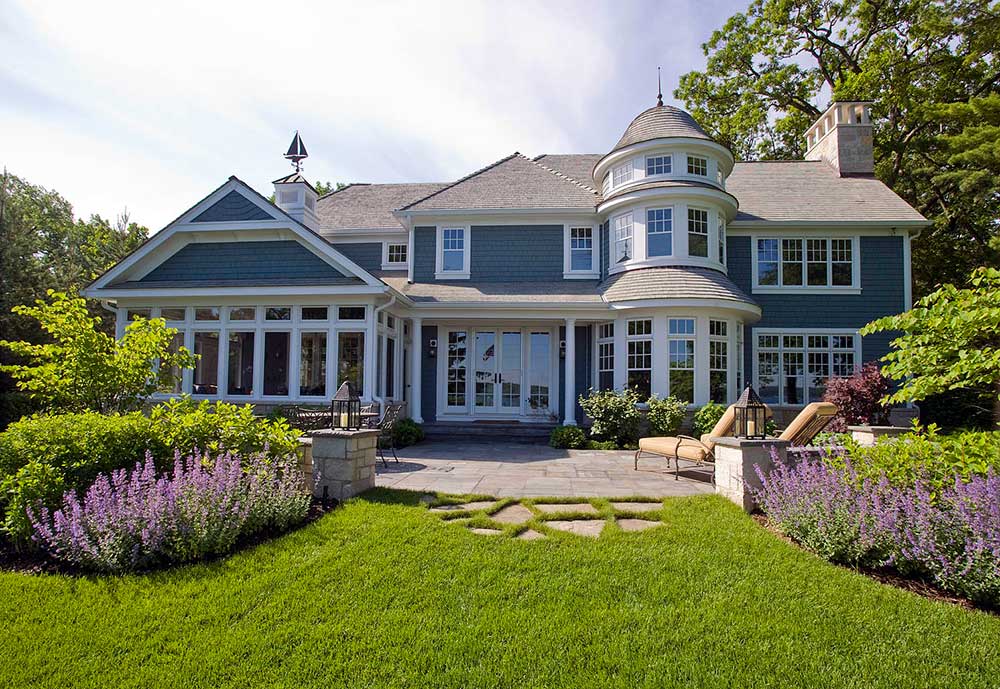29. It might sound like a lot, or it might sound like nothing at all. If we have 29 quarters, we don’t really even have enough money to buy a lunch at Culver’s. But then again, I’m currently battling towards the world’s most amazing physical transformation, and so I’m unable to go to Culver’s. This is difficult. If we have 29 electoral college votes, we still have nothing. But if we have 29 cars, we’d be considered to be a collector, because who, if not a collector, has so many? If we have 29 children, we’d have lots of children and we’d have a television show. But if we have 29 cousins, no one would really care. A show called “29 Cousins” wouldn’t really raise an eyebrow. But we don’t have 29 of any of those things, we have 29 lakefront sales on Geneva Lake in 2016 and we should all be very proud of that total.
Those 29 sales (that link won’t include the vacant land sales) represent a slight decrease from the remarkable 2015 tally of 31, but the reality is that both years represent about as much volume as this market can potentially muster. The 29 sales from 2016 included one home in the South Shore Club ($2.75MM), and three vacant lots. For the purposes of this morning, we’ll include the vacant lots as we average out the increasingly antiquated Price Per Foot metric. I dislike this method of valuing properties, but that’s only because I feel it fails to properly account for the compression that exists when frontage increases beyond 100 feet. The results are skewed by a larger number of entry level sales as those properties with 50 or so feel tend to sell $25-30k per front foot, while 100′ lots with barebones homes tend to sell around $20k per foot. Even so, let’s consider the PPF.
In total, 2919 feet of lakefront sold this year. That’s roughly 2.5% of the entire frontage on Geneva Lake. That’s no small number. We sold a total of 2713 feet of frontage in 2015. During 2016, we sold $72,372,000 worth of lakefront proper, bringing our price per foot to a whopping $27,193, or an 8% increase over the 2015 average of $25,161. That number is high, but it’s not reflective of the actual value of a foot of raw frontage. The number is bloated this year for two reasons. First off, we sold seven lakefronts under $1.55MM, and those entry level properties tend to sell at a higher PPF. Secondly, we sold four properties over $4.25MM this year, and those four properties alone averaged $40,298 per front foot. They averaged this lofty number because three of those four were fantastically beautiful homes that carried a premium for their quality. If you were to ask me for the value of a 100′ lot of reasonable size, I’d point you to the two sales on Lackey that prove out a value closer to $20k per foot than $27k per foot.
Of the 29 sales, I closed 10 of them. To put it a different way, of the $73,172,000 worth of lakefront that changed hands this year, I was directly involved in nearly 50% of that volume. I bring that up as I see some other agents’ advertising and it seems as though there’s still some confusion as to who leads the lakefront market. Anyway, the simple reality of 2016 is that it was a complete and utter success for the lakefront market. Most notable in the volume is the activity at the very top end of our market. The two sales, both my listings, that closed for $9.950MM and $7.35MM, proved that we have strength in our upper bracket, but it also proved that in order to find those buyers the product must match an incredible home on an estate sized parcel of land.
I also found the existence of entry level inventory to be curious. After several years of strong sales in this segment, we printed another six sales under $1.55MM. The lake proves that just as soon as we think we’re going to run out of a particular type of inventory, we don’t. When we think the last 100′ lot with a junky house has been sold, we see more 100′ lots with junky houses come to market. When we think the last 50′ lot for $1.25MM has sold, we sell another 50′ lot for $1.25MM. The market has a way of letting people catch up to it, so long as the buyers are patient and wait for the inventory that matches their desire. 2016 was a terrific year, but it wasn’t necessarily unexpected. I thought the year would be solid as long as inventory presented, and that’s exactly what happened.
For 2017, we’re facing higher interest rates and severely limited inventory. The rates should have some negative drag, but gains or stability in the stock market will offset that. Inventory will be the problem of 2017, as we start the year with just 13 true lakefront homes for sale. Of those, I have an offer being negotiated on one of them. The result of this low inventory will be higher priced listings, as sellers who don’t really care to sell will likely price their homes at prices that reflect their lack of motivation. This could be a problem for 2017, but I’m guessing we’ll add enough inventory to see volume totals in a reasonable range once this year ends. Will we sell 28 lakefronts again? Not likely. But can we get to 20? You bet. The key in this market is for buyers to understand that even though prices have escalated, there is still value to be found. Much of the inventory that remains is now aged and buyers may have the ability to negotiate sold value. That is, assuming, they’re working with the right agent, and if you’ve just finished reading this, then you already know who that is.

